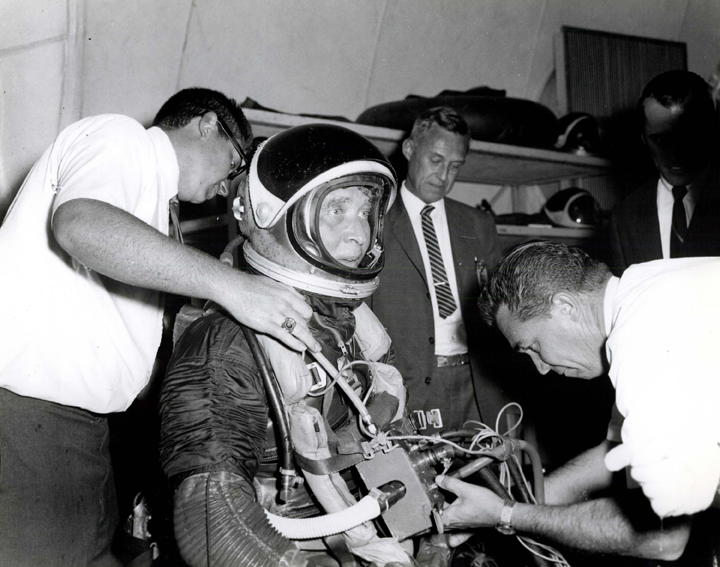First the bad news: We’re dying people on a dying planet in a dying universe. The good news: We’re hastening the destruction of the delicate balance of factors which enable our transient-but-amazing existence. Oh wait, that’s also bad.
In a New York Times piece, astrophysicist Adam Frank looks out at all the dead space in our solar system to analyze our own precariousness. An excerpt:
The defining feature of a technological civilization is the capacity to intensively “harvest” energy. But the basic physics of energy, heat and work known as thermodynamics tell us that waste, or what we physicists call entropy, must be generated and dumped back into the environment in the process. Human civilization currently harvests around 100 billion megawatt hours of energy each year and dumps 36 billion tons of carbon dioxide into the planetary system, which is why the atmosphere is holding more heat and the oceans are acidifying. As hard as it is for some to believe, we humans are now steering the planet, however poorly.
Can we generalize this kind of planetary hijacking to other worlds? The long history of Earth provides a clue. The oxygen you are breathing right now was not part of our original atmosphere. It was the so-called Great Oxidation Event, two billion years after the formation of the planet, that drove Earth’s atmospheric content of oxygen up by a factor of 10,000. What cosmic force could so drastically change an entire planet’s atmosphere? Nothing more than the respiratory excretions of anaerobic bacteria then dominating our world. The one gas we most need to survive originated as deadly pollution to our planet’s then-leading species: a simple bacterium.
The Great Oxidation Event alone shows that when life (intelligent or otherwise) becomes highly successful, it can dramatically change its host planet. And what is true here is likely to be true on other planets as well.
But can we predict how an alien industrial civilization might alter its world? From a half-century of exploring our own solar system we’ve learned a lot about planets and how they work. We know that Mars was once a habitable world with water rushing across its surface. And Venus, a planet that might have been much like Earth, was instead transformed by a runaway greenhouse effect into a hellish world of 800-degree days.
By studying these nearby planets, we’ve discovered general rules for both climate and climate change.•


